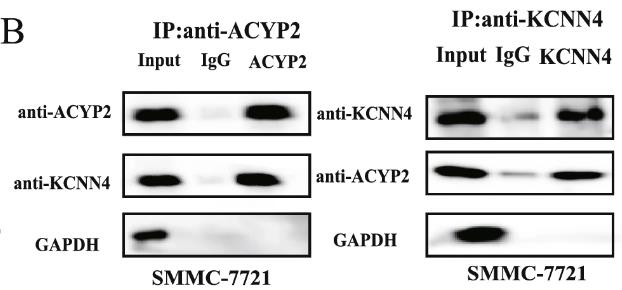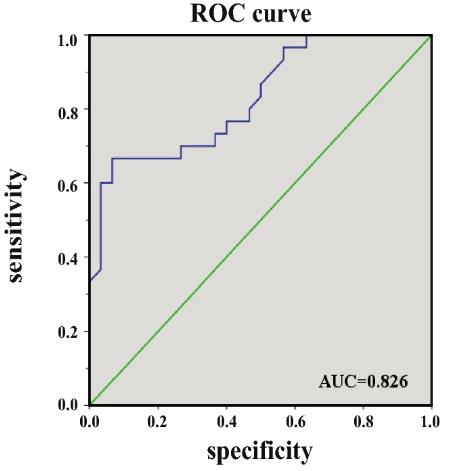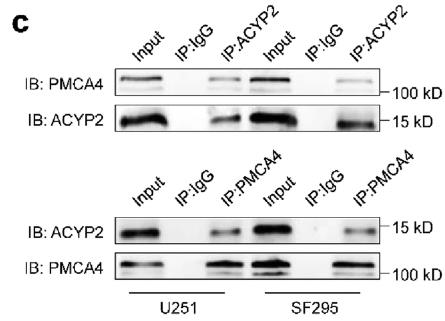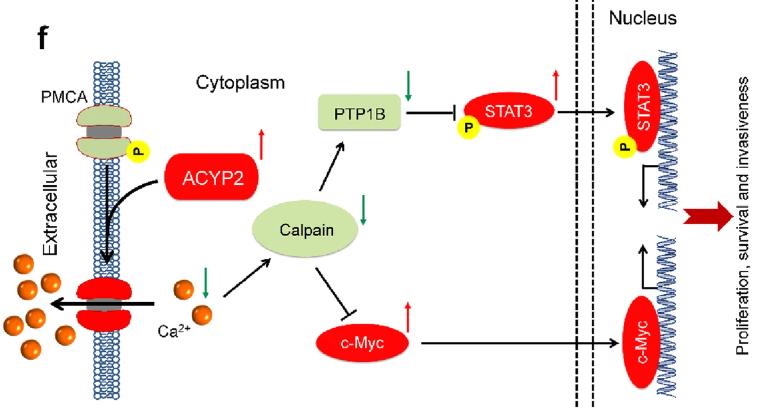Recombinant Human ACYP2 protein(Ser2-Tyr99), GST-tagged
| Cat.No. : | ACYP2-1802H |
| Product Overview : | Recombinant Human ACYP2 (P14621) (Ser 2-Tyr 99) was expressed in E. coli, fused with the GST tag at the N-terminus. |
- Specification
- Gene Information
- Related Products
- Case Study
- Application
- Download
| Species : | Human |
| Source : | E.coli |
| Tag : | GST |
| Protein Length : | 2-99 a.a. |
| Form : | Lyophilized from sterile 20mM Tris, 0.15M NaCl, 2mM GSH, pH 7.5. Normally 5 % - 8 % trehalose, mannitol and 0.01% Tween80 are added as protectants before lyophilization. |
| Molecular Mass : | The recombinant human ACYP2/GST chimera consists of 332 amino acids and has a predicted molecular mass of 38.2 kDa. It migrates as an approxiamtely 35 kDa band in SDS-PAGE under reducing conditions. |
| Purity : | > 94 % as determined by SDS-PAGE |
| Storage : | Samples are stable for up to twelve months from date of receipt at -20°C to -80°C. Store it under sterile conditions at -20°C to -80°C. It is recommended that the protein be aliquoted for optimal storage. Avoid repeated freeze-thaw cycles. |
| Reconstitution : | It is recommended that sterile water be added to the vial to prepare a stock solution of 0.2 ug/ul. Centrifuge the vial at 4°C before opening to recover the entire contents. |
| Gene Name | ACYP2 acylphosphatase 2, muscle type [ Homo sapiens ] |
| Official Symbol | ACYP2 |
| Synonyms | ACYP2; acylphosphatase 2, muscle type; acylphosphatase-2; acylphosphate phosphohydrolase 2; acylphosphatase, muscle type isozyme; ACYM; ACYP; |
| Gene ID | 98 |
| mRNA Refseq | NM_138448 |
| Protein Refseq | NP_612457 |
| MIM | 102595 |
| UniProt ID | P14621 |
| ◆ Recombinant Proteins | ||
| ACYP2-489H | Recombinant Human ACYP2 Protein, His-tagged | +Inquiry |
| ACYP2-1270M | Recombinant Mouse ACYP2 Protein | +Inquiry |
| Acyp2-490M | Recombinant Mouse Acyp2 Protein, His-tagged | +Inquiry |
| ACYP2-274C | Recombinant Cynomolgus ACYP2 Protein, His-tagged | +Inquiry |
| ACYP2-3146C | Recombinant Cavia porcellus (Guinea pig) ACYP2, GST-tagged | +Inquiry |
| ◆ Cell & Tissue Lysates | ||
| ACYP2-9041HCL | Recombinant Human ACYP2 293 Cell Lysate | +Inquiry |
Case 1: Wu Y, et al. J Nanobiotechnology. 2024
Recent research indicates that variations in the ACYP2 gene may increase the likelihood of developing various cancers. Despite this, its exact role and mechanisms in liver cancer (HCC), as well as its potential as a treatment target, remain unclear. Studies have shown that ACYP2 levels are low in HCC and negatively affect tumor characteristics like size, differentiation, microvascular invasion, and overall patient outlook. Increasing ACYP2 expression in HCC cells curbs their growth and spread, while promoting cell death; reducing its levels does the opposite. ACYP2 is present in both the HCC cell cytoplasm and nucleus. Mechanistically, ACYP2 in the cytoplasm restrains KCNN4, halting potassium flow and deactivating the ERK pathway, thus limiting HCC growth and spread. In the nucleus, ACYP2 restricts TERT, shortening telomeres and reversing cell immortality in HCC. An innovative nanotherapy was crafted, using a pcDNA-ACYP2 vector encapsulated in polyetherimide nanoparticles and cloaked with HCC cell membranes. These nanocomposites successfully hindered HCC advancement by blocking TERT activity and the KCNN4/ERK pathway in both subcutaneous and orthotopic mouse models, showcasing strong safety and specificity.

Fig1. The interaction between ACYP2 and KCNN4 was verified by Co-immunoprecipitation (IP) assay.

Fig2. ROC curve analysis of ACYP2 differentiating HCC from normal tissue.
Case 2: Li M, et al. J Exp Clin Cancer Res. 2020
Acylphosphatase 2 (ACYP2) is known to play roles in cell differentiation, energy metabolism, and ion pump function within cells, acting differently in various cancers. Its exact role in glioma, however, has been less clearly defined. Through techniques like qRT-PCR, immunohistochemistry, and western blotting, the expression of ACYP2 was assessed. A series of laboratory experiments, both in test tubes and using animal models, demonstrated ACYP2's influence on various cellular processes such as growth, division, and movement. Specifically, reducing ACYP2 in glioma cells led to reduced growth and spread, along with increased cell cycle halt and cell death, whereas higher levels of ACYP2 encouraged cancerous behaviors. This was linked to its impact on calcium balance inside cells, by interacting with specific proteins, which in turn activated certain signaling pathways. This harmful effect was mitigated using substances that block calcium effects.

Fig1. Protein expression of ACYP2 in normal brain tissues.

Fig2. Co-IP was carried out in glioma cells to determine the interaction between ACYP2 and PMCA4.
ACYP2, also known as Acylphosphatase-2, is a protein found in humans that plays roles in several biological activities. It is involved in controlling how the glycolytic pathways function, encouraging programmed cell death (apoptosis), and managing the transport of sodium, potassium, and calcium ions. Research has indicated that when ACYP2 is overproduced, it can reduce the multiplication and spread of liver cancer cells (HCC) and promote their programmed demise. Conversely, reducing ACYP2 levels leads to opposite outcomes. Furthermore, ACYP2 is located in both the cytoplasm and nucleus within HCC cells. In the cytoplasm, it blocks the outflow of potassium ions by acting against the KCNN4 channel, which in turn hampers the ERK pathway, ultimately slowing the growth and migration of these cancer cells. Within the nucleus, ACYP2 plays a part in shortening telomeres by suppressing the action of telomerase reverse transcriptase (TERT), which helps revert the cells' immortal nature.
Recombinant Human ACYP2 protein finds diverse applications across various fields such as research, industry, and production. In research, it is used to study its role in regulating glycolytic pathways, apoptosis, and ion transporters, providing insights into cellular processes and potential therapeutic targets. In industrial applications, ACYP2 might be utilized in the development of drugs or treatments aimed at conditions like cancer, where its ability to influence cell proliferation and metastasis is significant. Additionally, in production settings, this protein can be instrumental in designing assays or systems that require precise modulation of intracellular processes, thereby enhancing the efficiency and effectiveness of biotechnological processes. Overall, the recombinant Human ACYP2 protein is a valuable tool in advancing scientific understanding and technological development.

Fig1. A schematic model of ACYP2 promoting malignant progression of glioma. (Mengdan Li, 2020)
Not For Human Consumption!
Inquiry
- Reviews
- Q&As
Ask a Question for All ACYP2 Products
Required fields are marked with *
My Review for All ACYP2 Products
Required fields are marked with *
Inquiry Basket


